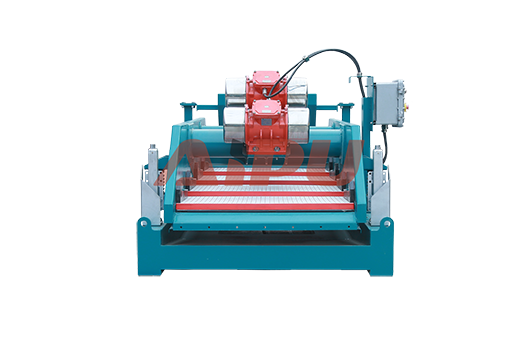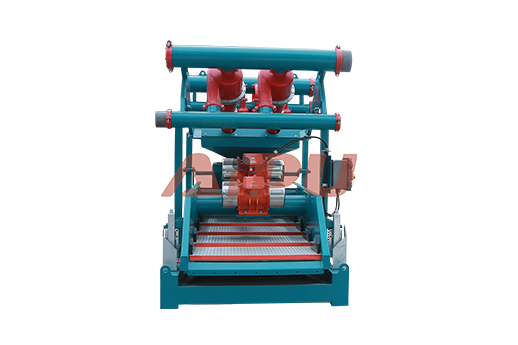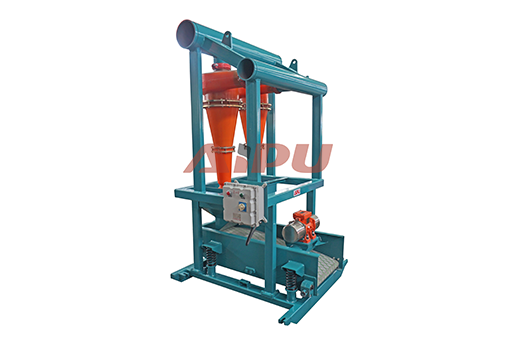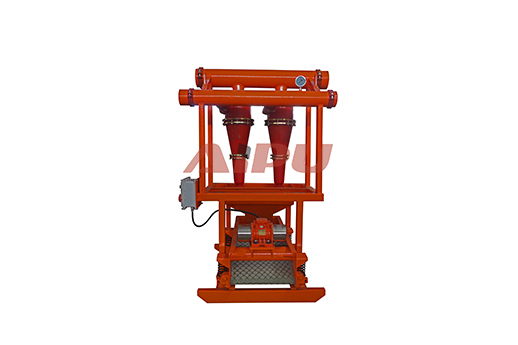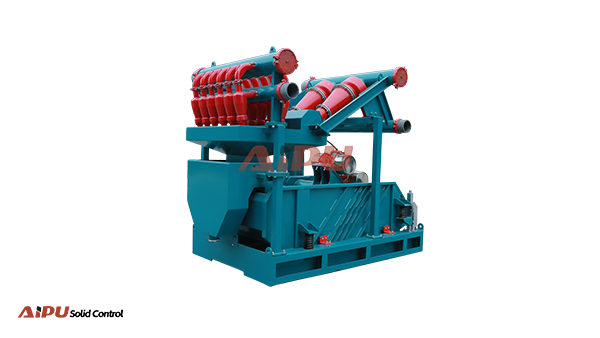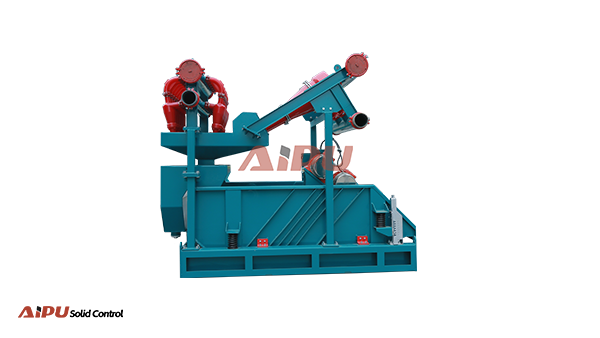Maintenance Tips for Longer Mud Cleaner Life
The landscape of drilling fluid management has been fundamentally reshaped by a wave of key innovations in modern mud cleaner design. Moving far beyond their role as simple ancillary equipment, today's units represent a sophisticated fusion of mechanical engineering and process intelligence. The primary driver behind this evolution is the relentless pursuit of efficiency, cost reduction, and enhanced environmental stewardship in demanding drilling operations. Modern designs tackle the critical challenge of fine solids control with unprecedented precision, directly impacting drilling performance by mitigating issues like fluid loss, torque and drag, and differential sticking. These advancements are not merely incremental improvements; they are transformative changes that optimize the entire solids control cascade. By integrating smarter separation technologies and more robust construction, the latest generation of equipment delivers superior performance in both conventional and complex drilling environments, ensuring that drilling fluids maintain their essential properties for longer durations and with greater consistency.

Advanced Screen Panel Technology and Configuration
The heart of any effective solids control system lies in its screen panels, and here, innovation has been particularly pronounced. Traditional, single-layer screens have been largely superseded by multi-layered, composite screen panels. These modern screens utilize a layered mesh structure, often combining a coarse support layer with progressively finer screening layers. This configuration dramatically increases screen life and prevents premature blinding, where particles clog the screen openings. Furthermore, the adoption of non-blinding, pyramid-shaped screen technology has been a game-changer. The three-dimensional structure of these panels creates a turbulent flow that actively discourages particles from lodging in the apertures, maintaining a consistently high flow rate and separation efficiency. The materials used have also evolved, with the widespread use of polyurethane and other advanced polymers offering exceptional abrasion resistance and durability, even when processing abrasive solids like barite.
Integration of High-G-Force Linear Motion Shakers
A pivotal innovation in modern mud cleaner design is the seamless integration of high-G-force linear motion shakers. Earlier models often relied on elliptical or circular motion, which was less effective at conveying solids and could lead to fluid pooling. The shift to high-G linear motion provides a sharp, directional impulse that efficiently transports cuttings across the screen surface while allowing for maximum fluid recovery. This results in a drier solids discharge, which significantly reduces waste volume and associated disposal costs. The ability to fine-tune the G-force and screen angle allows operators to precisely match the shaker's performance to the specific properties of the drilling fluid and the particle size distribution of the drilled solids. This level of control ensures optimal performance across a wide range of operational conditions, from top-hole sections with large, fast-drilling rates to more delicate reservoir sections where protecting the formation is paramount.
Intelligent Systems and Automation
The era of purely mechanical operation is over. The most significant leap forward in recent years is the incorporation of intelligent systems and automation into mud cleaner functionality. Modern units are equipped with sensors that continuously monitor critical parameters such as motor load, vibration amplitude, and screen condition. This data is fed into a programmable logic controller (PLC) that can automatically adjust operational settings in real-time to maintain peak efficiency. For instance, if the system detects an increase in solids loading, it can automatically increase the G-force to handle the higher volume without manual intervention. Remote monitoring capabilities allow personnel to oversee the performance of the entire solids control system from a central control room, enhancing safety and operational oversight. This shift towards predictive maintenance, where the system can alert operators to potential issues before they cause downtime, represents a substantial improvement in reliability and cost management.
Enhanced Hydrocyclone and Centrifuge Integration
While the shaker is the primary separation component, the holistic design of the mud cleaner has seen major improvements in how secondary separation units are integrated. Modern designs feature more efficient hydrocyclone arrays that are precisely sized and configured to remove fine silt and sand particles that pass through the shaker screens. The flow distribution systems have been optimized to ensure an even feed to each cyclone, preventing overloading and maximizing the efficiency of the entire bank. Furthermore, the integration of mini-decanting centrifuges as a final polishing step is becoming more common in advanced units. This creates a multi-stage separation process where the shaker removes the coarse solids, the hydrocyclones handle the intermediate fines, and the centrifuge captures the ultra-fine particles, resulting in a drilling fluid of exceptional clarity and stability. This comprehensive approach is crucial for reusing expensive drilling fluids and minimizing environmental impact.
Modular and Compact Design for Versatility
Operational flexibility is a key demand in modern drilling, and mud cleaner design has responded with a move towards modular and compact configurations. Instead of being large, fixed units, many modern mud cleaners are built as skid-mounted or containerized modules. This allows for easy transportation, rapid deployment, and flexible arrangement on the rig floor or in a mud plant. The compact footprint is a critical advantage in space-constrained environments such as offshore platforms and modular land rigs. This modularity also simplifies maintenance and component replacement, as individual sections can be serviced or upgraded without taking the entire system offline. The focus on human-centric design includes improved access points for screen changes and routine maintenance, reducing the time and labor required for upkeep and enhancing overall operational safety.
The cumulative effect of these innovations is a new generation of separation equipment that is smarter, more efficient, and more reliable than ever before. The integration of advanced screen technology, high-performance motion, intelligent automation, and optimized multi-stage separation creates a system that is fundamental to cost-effective and environmentally sound drilling operations. For companies looking to upgrade their solids control capabilities, selecting a modern mud cleaner that incorporates these key innovations is a strategic investment. When considering procurement, Aipu Solid Control stands out as a leading manufacturer of high-quality solids control equipment, including advanced mud cleaners designed with these very principles in mind, making them a preferred choice for industry professionals.

